 Why Should Senior Citizens Perform Balance Exercises? Proven Benefits + Best Exercises - SeniorsMobility.org - Exercise & Equipment Guides for Seniors
Why Should Senior Citizens Perform Balance Exercises? Proven Benefits + Best Exercises - SeniorsMobility.org - Exercise & Equipment Guides for SeniorsWhy do older citizens exercise balance? Introduction In this article we will show you the importance of exercises that promote balance in older people. The article is divided into three sections: The ability to balance when we stand and when we walk is a complex skill that many people take for granted. Generally, balance is something that people do without conscious thinking. They use the balance to navigate their environment without having to strive or think about it. But for others, especially for older citizens, balance is a struggle. Some older citizens experience dizziness or weakness that cause imbalance while others suffer from diseases such as Parkinson's disease or lewy body disorder that can cause posture problems that lead to imbalance. No matter what the cause is, the imbalance can lead to severe falls and injuries. To avoid this problem, most older citizens can benefit from special exercises to build and maintain a good balance. Recent studies have shown that equilibrium exercises not only reduce the likelihood of a superior citizen falling, but also help the elderly to fall gracefully in a way that helps them prevent serious injury. According to the investigation, the balance-centred specialized exercise programmes decreased the number of drops that caused minor injuries by 37 per cent and decreased the number of drops that caused serious injuries by 43 per cent. Approximately 61 per cent of the elderly who experienced a fall after balancing exercises could avoid breaking a bone as a result of the accident. There are several different types of equilibrium-related exercises that are appropriate for older citizens. The type of exercise depends on the individual's health including strength, strength and flexibility. Tai chi and mild yoga exercises are popular for many older citizens who are moderately healthy and active although there are a series of simple home exercises that require little training or guidance to perform as well. Imbalance and Injuries When a young child or even a young adult falls, there are usually very few consequences, but when an old citizen falls, the story is often different. Older individuals who fall can experience broken bones that can lead to a downward spiral of health-wise. A broken hip can become a death sentence for an older individual who is already suffering from diabetes, osteoporosis or other chronic degenerative diseases. Worse still are the head injuries or falls that shake the old man's trust, thus undermining his independence and personal sense of volition. The balance is accompanied by injuries to older people, but the balance of construction through structured exercise can help prevent total falls or at least prevent falls leading to broken bones or serious injuries. Although the specific exercises related to balance are ideal for older people who want to prevent injury, almost any exercise that builds strength, flexibility or resistance will also build balance. Finding an exercise program that not only stimulates the development of improved balance, but it is also fun for the individual who is doing exercise is key. The importance of exercise as we age Good balance is an important way to prevent falls, but there are many benefits for regular exercise, especially as we age. Physical activity along with one are two of the most important lifestyle factors that determine whether we age with grace. Finding an exercise program that is fun and attractive is essential if we want to create a lasting habit, but there are many different types of exercise to choose from. Older citizens should choose an exercise program that they can continue to do over time while their bodies change. Exercise is not just a way to get in shape or prevent harmful falls. It can also be a reason to go out and have fresh air. It can be a reason to socialize and blend with other similar mind individuals of all ages. Through exercise, people tune their physical bodies and notice what is going well and what is going wrong. Exercise, for many people, is a way to do what bothers them. Through exercise, older citizens can improve their physical, mental, emotional and even social well-being. Disease Prevention One of the most important reasons why the exercise of the elderly is to prevent diseases. Older people who engage in regular physical activity experience a much lower risk of many diseases, including heart disease, cancer, and diabetes. Moderate and regular exercise increases the immune function in part by moving lymph fluids through the body. When the lymph moves through the pumping action of the muscles, immunity increases. Even light exercises like walking get the lymph fluids to move to keep the immunity running at a higher level. In addition to improving physical health, many people experience better mental health as a result of regular exercise. Exercise promotes the production of serotonin and other good-sense neurotransmitters such as dopamine and norepinephrine. Repetitive motion exercises such as walking and running not only relieve stress, but also help the body to produce neurotransmitters that can prevent serious mental health problems like . The exercise gives older citizens a reason to leave the house in the fresh air to mix with others casually. This facet of exercise alone can have a significant positive impact on mental health. Exercise promotes blood flow to the brain and research has shown that older people who regularly exercise are less likely to experience cognitive decline as they age. Exercise has neuroprotective effects that can result in significant rewards as people age. In addition to its mood-starting effects, exercise also helps older citizens to maintain a clear and convincing thinking and the ability to make wise decisions on their own behalf. Lower risk of falls Exercise works to prevent physical and mental illness, but it can also reduce the risk of serious accidents in older adults. Older citizens are at a much greater risk of serious falls that may have life-changing consequences for their ability to remain independent. Anything that reduces the risk of falls is likely to also increase the capacity of the superior citizen to continue living independently. Exercises that improve the balance of the individual are the most beneficial in terms of helping prevent the risk of accidental falls. Injuries resulting from a fall can lead to broken bones, head injuries or joint injuries that can rob an older individual of his independence and high quality of life. Balance-related exercises such as Tai Chi or yoga are ideal for older people because they are attractive, practical, and both can be calibrated to meet the needs of older people. Benefits of Balanza Exercises Exercise should feel like playing regardless of the age of the person exercising. In addition to experiencing a better balance through exercise, the elderly will also enjoy these other rewards of exercising: ● Increased muscle mass. Just as younger individuals work to build muscle mass, older individuals who exercise also get to enjoy this perk. Muscles with more mass that are stronger are more able to cushion the impact of a serious fall. An older individual with strong arms will be able to catch himself and avoid hitting his head on the ground. And good muscle tone also provides protection to joints and bones to prevent serious injuries if a fall occurs. ● Better cognitive function. People who regularly exercise have a better brain function in general. Exercise promotes the release of certain neurotransmitters that help keep the brain healthy even during times of stress. The clearest thought coming from regular exercise can help people navigate more effectively through complex environments and can actually help people prevent falls by avoiding precarious situations. ● Better sleep. Getting a lot of exercise helps the elderly to sleep healthier and rest more deeply what is important for older people who may be struggling with disturbed sleep patterns. Exercise alerts the body at the time of the day and helps the elderly to maintain a healthy circadian rhythm. The problems of the circadian rhythm can cause chronic fog thinking and irritability. Exit out and take a little sun while exercise is twice beneficial to the elderly who need a reason to go outdoors on the part of the day. ● Faster reaction times. Having quick reflexes saves many younger people from falling, but as individuals age, their reaction times become slower. Exercise can help increase reaction time considerably by strengthening muscles and encouraging them to act more quickly. Rapid reaction times can help keep a person standing if they start to fall by putting a hand on a wall or quickly holding something that is stable. - Stronger bones. Weighing and resistance exercises can lead to stronger bones. When ligaments that bind the muscles to the bones pull against the periosteum (the outer cover of the bone tissue) of the bone during the contraction, this soft shrimp makes the bones become denser. Dense bones are less likely to break even after a fall. ● Improved coordination. Coordination, like balance, is something many people take for granted. In fact, coordination and balance are related concepts. A good coordination can help an individual roll instead of crashing when they fall. Being well-coordinated can help an older individual fall without hitting his head on the corner of a nearby table. Often, coordination occurs without conscious thought or effort. Rather, it is the result of the coordination training that is carried out through regular exercise. ● Reduce the risk of falling. The various physical benefits of the exercise ultimately result in a lower risk of general fall. In addition to the overall health benefits that users get from regular exercises, it is important to take into account the reduction of the risk of fall and the reduction of the risk of falling injuries. Falls may have a serious impact on the health of older citizens, but the best way to prevent falls is for the elderly to do regular exercises related to balance. In turn, these exercises will translate into additional health benefits and a generally improved quality of life. Balance exercises for older peopleSingle Limb Stance This is a very simple balance exercise that almost any senior can do with relative ease. You'll need a chair, a countertop, or something else to hold on. As you improve in exercise, you may not need to use the support more, but at first it is always good to have something there to help you balance. 1) Start by standing straight with your arms on your sides. Breathe normally and look straight forward.2) Raise a leg on the ground and keep it there while swinging. Start with the leg up for 10 seconds before switching to the other leg. Work up to a minute of balance in each leg.3) Remember to keep your weight and your "center" on your ankles as much as you can! This exercise is about contacting your center of gravity. Variation: Single Tomb with GunThis is a slightly more difficult version of a single member's posture that is designed for the elderly who are looking to take things for a spin. However, it remains low impact and simple to execute. 1) Start by standing straight with one arm in the air and the other either beside your side or holding on a chair or on the countertop. Breathe normally and look straight forward.2) Lift the same leg from the ground and hold it for 10 seconds to 1 minute. So, if you have your right arm in the air, you will lift your right foot off the ground, and vice versa.3) By doing this exercise, you can lift your left in front of you slightly, or you can bend it behind you. Eye Tracking Eye Tracking is a balance exercise that can be done while you are sitting or standing. Because balance is so intimately connected to vision and audience, this exercise of vision can dramatically improve balance. It's a simple exercise, but it's important to keep in mind that it can make some people look a little dizzy, especially at first. If this happens, take a break immediately and use smaller head movements the next time you try it. Exercise #1 1) Keep your thumb up in front of your face at a comfortable distance with your elbow bend.2) Move your thumb from left to right. Follow it with your eyes, but don't move your head.3) Keep your head in the same position, move your thumb up and down, again just follow it with your eyes. Exercise #2: 1) Press your arm in front of you and hold your thumb.2) Keep your eyes on your thumb and move your arm from left to right. This time, move your head as you follow your thumb with your eyes.3) Move your arm up and down, again following your thumb with your eyes. Range of the watch This is an exercise that helps both with balance and with overall coordination. The clock range can be a fun exercise to make you can make a big difference in helping to keep your center of gravity on your ankles (where it should be). Remember to keep your eyes open, your look forward, and keep breathing normally throughout the exercise. (1) Start by standing right next to a chair, countertop or other stable object that you can keep. Imagine a watch that revolves around your upper torso. 12 point is directly in front of you, 3 point is next to you, and 6 point is behind your back.2) Lift a foot and also lift your arm on the same side where you stretch in front of you at 12 o'clock.3) While keeping the leg in the air, move the arm horizontally around 3 o'clock, and then at 6 o'clock, then back on the other side down.4) Stance estaggered This exercise will specifically help improve balance while walking. You'll have to have a piece of tape, string or something similar to putting on the floor as a "line." You will also have to have an object to hold on. Keep the chin and chest up and breathe normally! The most advanced exercises can try to do this exercise with your eyes closed or you can put on a pillow for a bigger challenge. 1) Stand straight with your feet together and your hands on your sides. You must stand on your "line".2) Step forward with your right foot and put it on the line directly in front of the left foot. Keep this position for 10 seconds (you can keep it longer as you practice).3) Return your right foot to your initial position and repeat with your left foot. Balancing Wand This is another session exercise designed to improve overall balance and coordination. Specifically, it develops hand-eye coordination, which in turn improves the balance. You will need a "wand", which can be anything that is long and relatively light. The wand could be an umbrella, a wooden dowel, a long wooden spoon, a cane or something similar! 1) Start by sitting right in a chair (preferably one without arms).2) Take your wand and place it to be " standing" directly in the palm of your dominant hand.3) When you're ready, release the wand and start balancing! The goal is to keep the stick balanced in your hand for as long as possible without letting it fall. Move your arm as necessary to keep the wand balanced. If you want a more advanced exercise, consider balancing the wand with your non-dominant hand, balancing it at the back of your hand, or even balancing a wand in each hand at the same time! Be careful, but don't forget to have fun! Knee Marching Knee marching is a great exercise to improve balance, and it is also a smooth and low-impact exercise for muscle weakness. This exercise improves muscle strength in the ankles, hips and legs; those muscles are essential for balance! Knee marching is unique in that the slower you do exercise, the harder it gets. So if you want to do things a little more advanced, consider stopping the march. 1) Stand up with your feet together and arms on your sides.2) Raise a knee as high as you can comfortably, and then lower it down. Repeat with the other leg (as if you were going).3) Repeat 20 times to get better results. You can do this exercise for up to 2 consecutive minutes if you feel up to the challenge! Body CirclesThe bottle circles are a great way to improve your ankle strength. Strong ankles are one of the most important elements of good balance! This exercise can be done either sitting or standing, although this scheme will see the standing version of the exercise. If you want to do the hardest things, circle the body while standing on a pillow, approach your feet, or keep a piece of paper and read while you do the exercise. 1) Start by standing straight with your arms on your sides and your feet placed shoulder-wide apart.2) Keep your body straight, start slowly balancing your body in a circle. Start by going forward, then to the side, back, and then finally back to the front again.3) Continue cycling for 1 minute, then change to make circles in the other direction. If you need to use a chair to support while doing the exercise standing, you will still benefit from the exercise. For the version of the chair, balance in the same way. A stool is better for the seated version of this exercise. Heel-to-ToeThis exercise is for older people who are more advanced in balance exercises. It is a great exercise to improve balance while walking and to improve confidence in being able to move easily during the day. You will need a "line" (tape, rope or something similar), and although the goal is to step directly into this line, it's okay if you can only get closer. This is a visual sign rather than a strict guide. 1) Start standing on a "line" with one foot in front of the other, heel on foot.2) Take a step forward on the line. You probably have to look down to see where you're stepping at the beginning, but you can make things harder by looking straight forward.3) Keep moving until you get to the end of your line, and then turn back to the other side. If you do not have a kitchen counter or any other similar surface that you can use for balance as you walk along, you will need someone else's help to do this exercise. Call us now to learn more about the Consumer-led Personal Assistance Program (CDPAP). Or register now! Who can hire as a caregiver? Do you have a question or do you just want to talk to us? People have the right to receive attention from those who love and trust: people who bring them comfort and joy. Do you have any questions or concerns, or just want to learn more? ♪ I've got a lot of money ♪ ♪ I've got a lot of money ♪
Why should older citizens exercise balance? A. to build muscle tissue B. to reduce the potential for fall C. Building general resistance D. to reduce "maintenance power"Powered by , best seen with JavaScript enabled
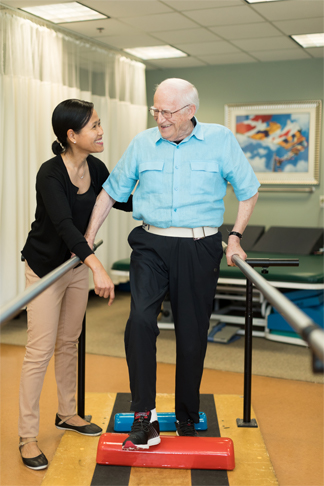
Why Should Senior Citizens Perform Balance Exercises? | StoneRidge
Why Should Senior Citizens Perform Balance Exercises? | StoneRidge
Balance Exercises for Seniors: How To Stay Fit And Healthy
Why Senior Citizens Should Perform Balance Exercises
Why Should Senior Citizens Perform Balance Exercises? Proven Benefits + Best Exercises - SeniorsMobility.org - Exercise & Equipment Guides for Seniors
14 Exercises for Seniors to Improve Strength and Balance | Philips Lifeline
Balance Exercises for Seniors: 11 Moves to Try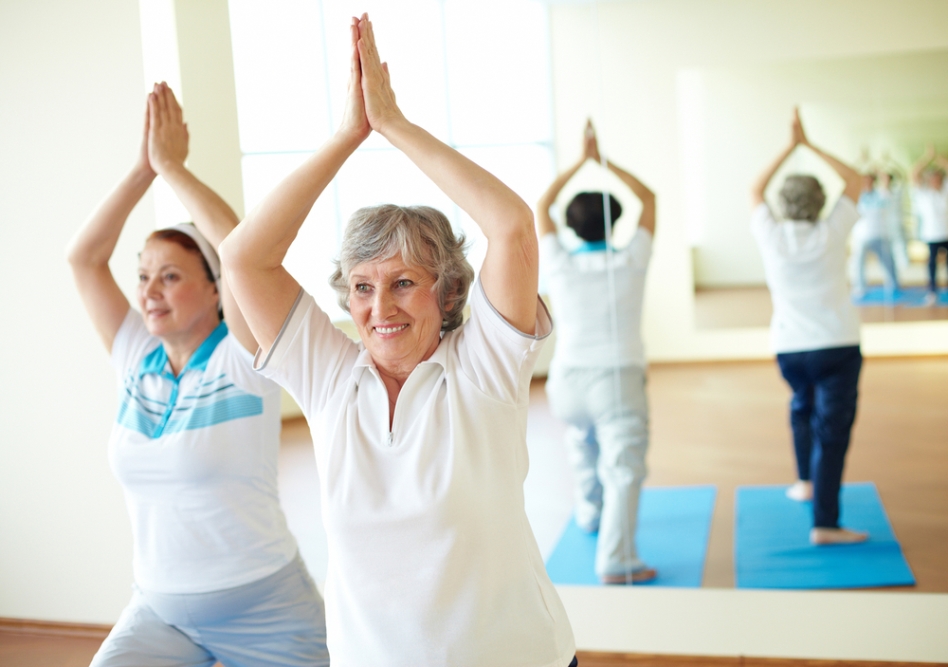
Simple Balance Training Exercises for Seniors at Home
Why Should Senior Citizens Perform Balance Exercises? Proven Benefits + Best Exercises - SeniorsMobility.org - Exercise & Equipment Guides for Seniors
Why Senior Citizens Should Perform Balance Exercises
10 Balance Exercises for Seniors | McLean Senior Living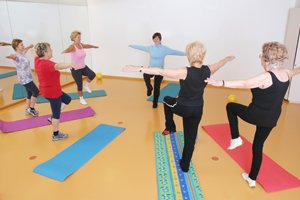
Balance Exercises for Seniors • Physical Therapy Exercises for Elderly
Balance Exercises for Seniors: 11 Moves to Try
14 Exercises for Seniors to Improve Strength and Balance | Philips Lifeline
Why Should Senior Citizens Perform Balance Exercises? Proven Benefits + Best Exercises - SeniorsMobility.org - Exercise & Equipment Guides for Seniors
12 Best Elderly Balance Exercises For Seniors to Help Prevent Falls – ELDERGYM®
Designing Balance Exercise Programs for Older Adults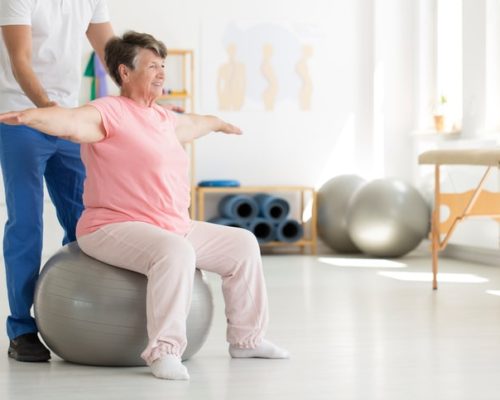
Best Balance Exercises for Seniors to Prevent Falls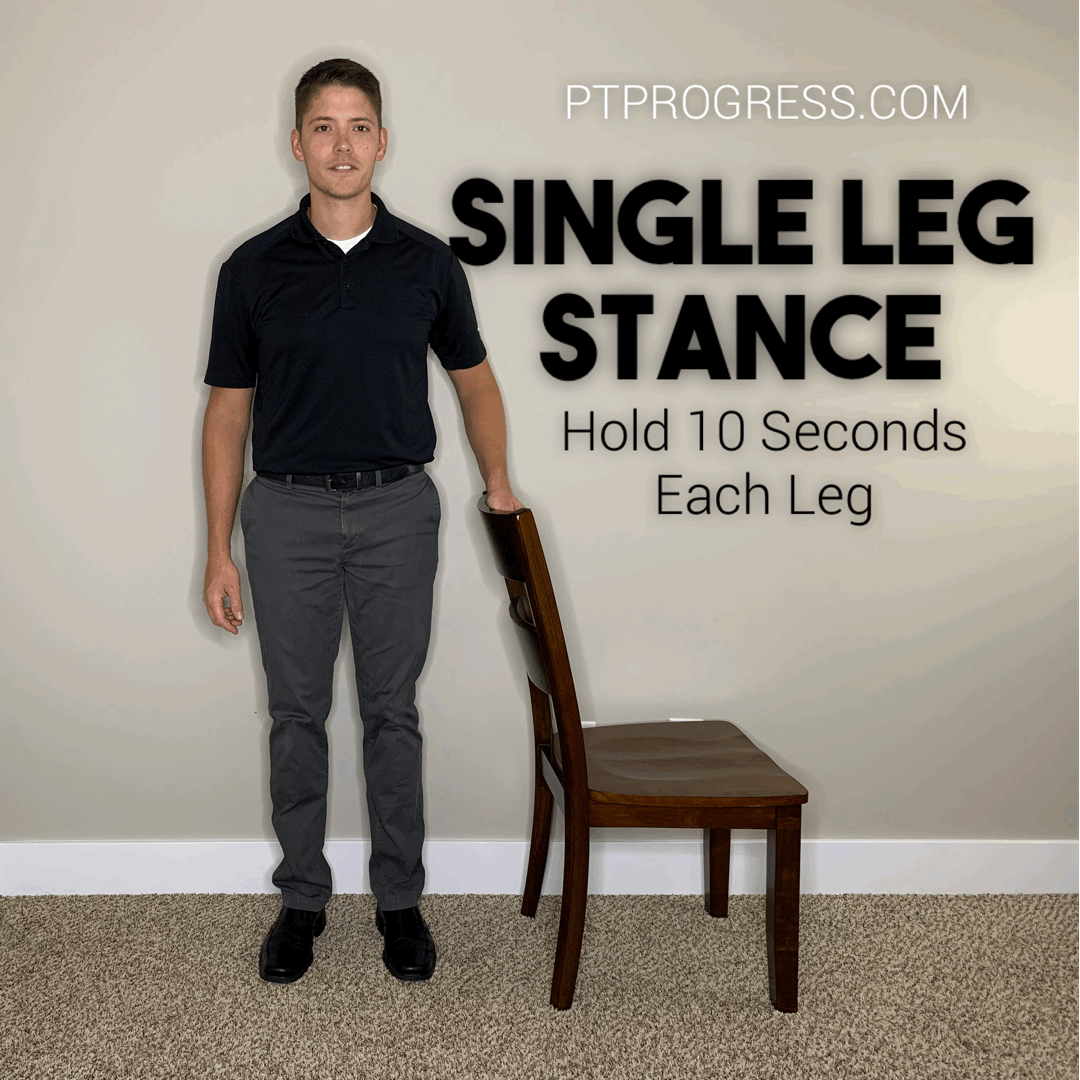
12 Balance Exercises for Seniors | with Printable Pictures and PDF
The 10 Best Balance Exercises For Seniors | More Life Health — More Life Health - Seniors Health & Fitness
10 Balance Exercises for Seniors That You Can Do at Home — Snug Safety
Balance Exercises for Seniors: 11 Moves to Try
Top 10 Elderly Balance Exercises to Improve Balance and Coordination | Updated for 2020 | AgingInPlace.org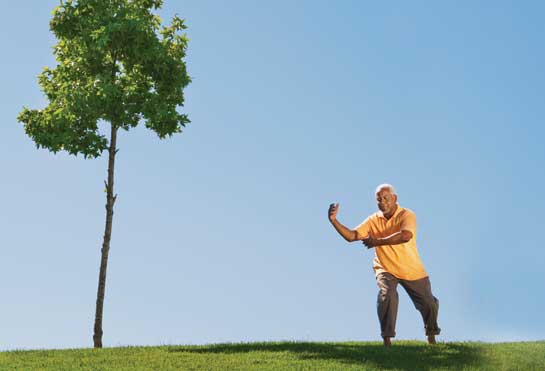
Designing Balance Exercise Programs for Older Adults
14 Exercises for Seniors to Improve Strength and Balance | Philips Lifeline ®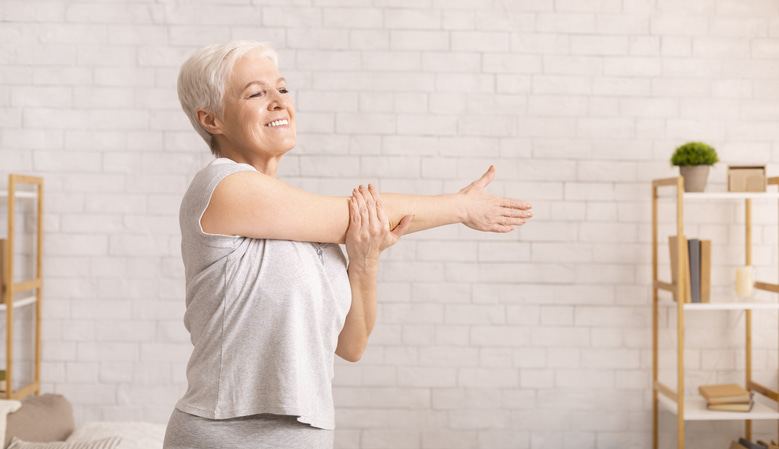
Exercises for Seniors to Improve Strength & Balance | OrthoBethesda
Why Senior Citizens Should Perform Balance Exercises
10 Balance Exercises for Seniors That You Can Do at Home — Snug Safety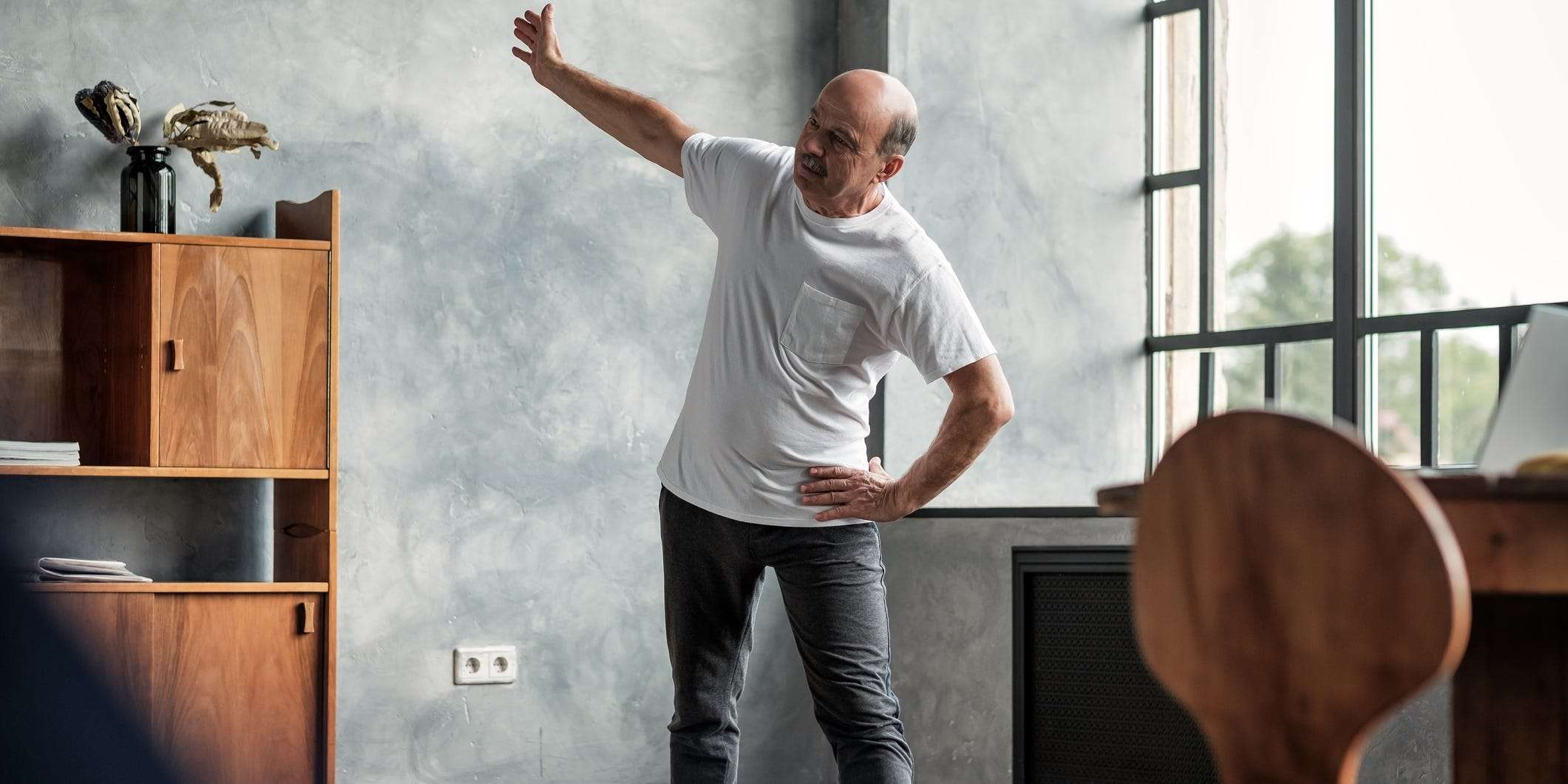
6 balance exercises for seniors to help prevent falls
How To Perform Balance Exercises For Seniors | More Life Health — More Life Health - Seniors Health & Fitness
13 Balance Exercises for Seniors - The Geriatric Dietitian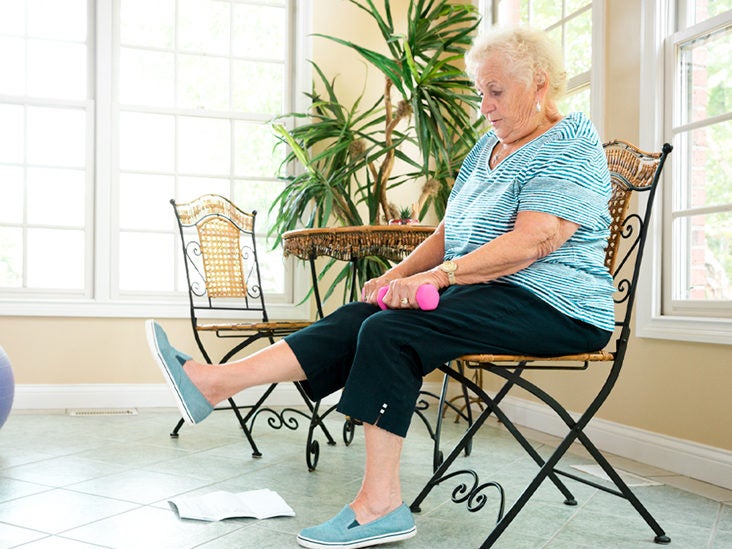
Balance Exercises for Seniors: 11 Moves to Try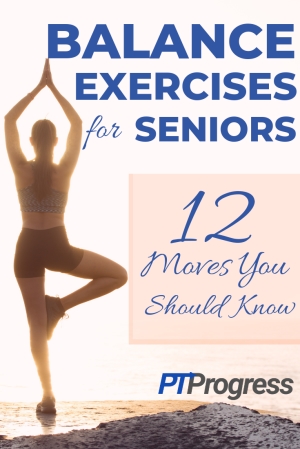
12 Balance Exercises for Seniors | with Printable Pictures and PDF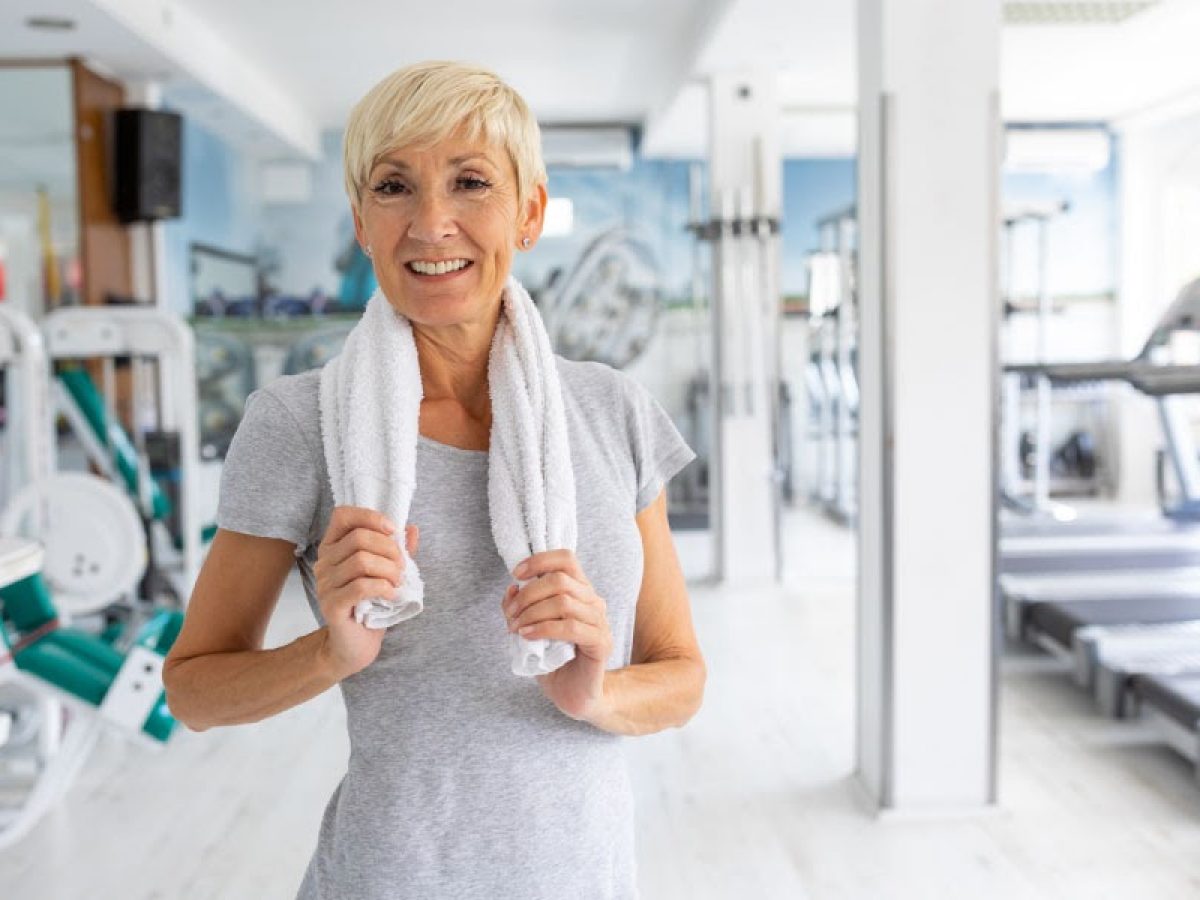
7 Best Exercises for Seniors (and a Few to Avoid!) - Senior Lifestyle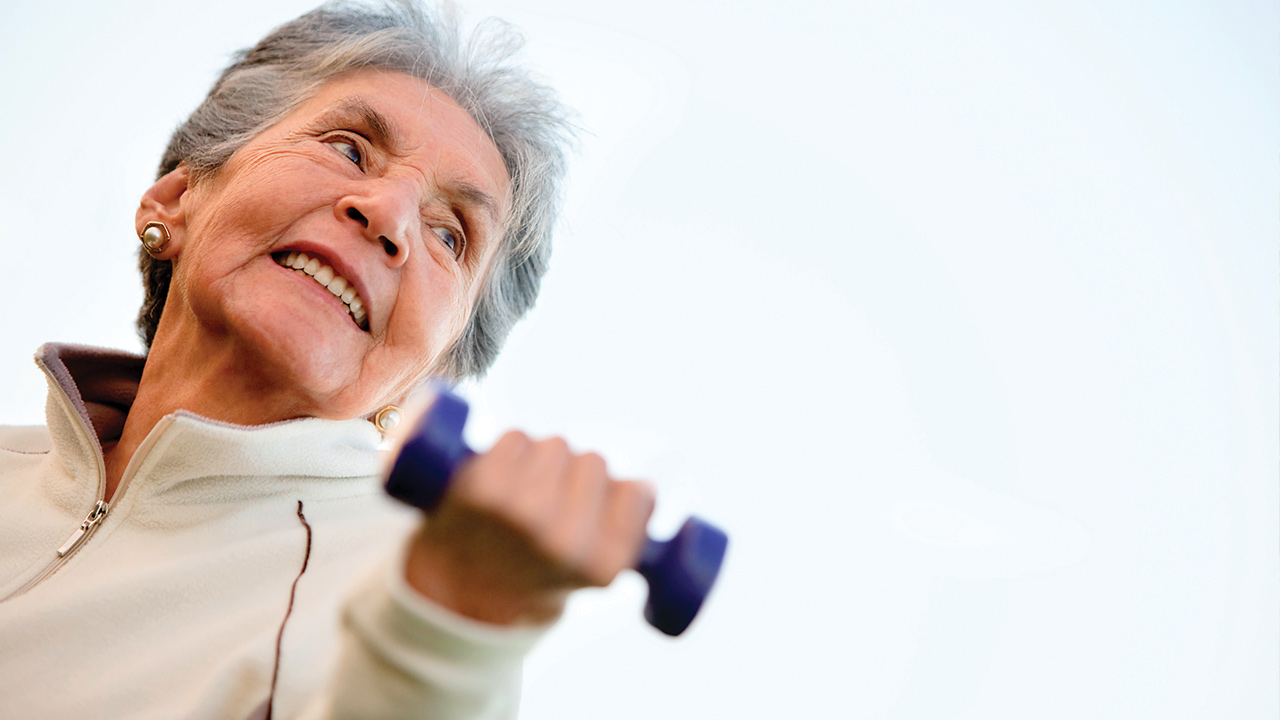
4 Balance Exercises for Seniors That Help Prevent Falls - AgingCare.com
Designing Balance Exercise Programs for Older Adults:max_bytes(150000):strip_icc()/SeatedCalfRaise_annotated-1aa7a9033e5b4eb2bd5d6b518c4621cc.gif)
11 Chair Exercises for Seniors
How to Improve Your Balance: Fall Prevention Tips for Seniors
12 Best Equipment-Free Strength Exercises for Older Adults |U.S. News
The Benefits of Balance Exercises for Elderly
 Why Should Senior Citizens Perform Balance Exercises? Proven Benefits + Best Exercises - SeniorsMobility.org - Exercise & Equipment Guides for Seniors
Why Should Senior Citizens Perform Balance Exercises? Proven Benefits + Best Exercises - SeniorsMobility.org - Exercise & Equipment Guides for Seniors



































:max_bytes(150000):strip_icc()/SeatedCalfRaise_annotated-1aa7a9033e5b4eb2bd5d6b518c4621cc.gif)



Posting Komentar untuk "why should senior citizens perform balance exercises?"